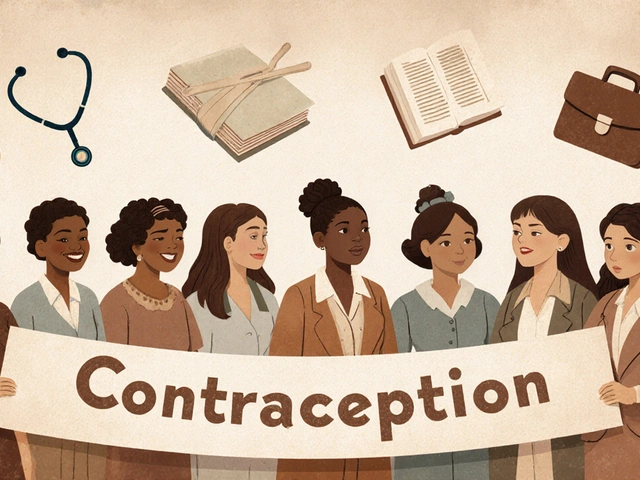Sitagliptin alternatives: clear options for type 2 diabetes
If sitagliptin (Januvia) isn't working for you or you need something different, there are several other drugs and strategies to consider. Sitagliptin is a DPP-4 inhibitor that helps insulin release after meals, but it's not the only way to lower blood sugar. Below I list practical alternatives, what they do, and when they make sense.
Common alternatives and what they do
Metformin. First line for most people. It lowers fasting and post-meal glucose, helps weight stabilization, and is cheap. If kidney function is okay, this is usually the starting point.
SGLT2 inhibitors (empagliflozin, canagliflozin, dapagliflozin). These lower blood sugar by making the kidneys remove glucose. They can cut heart failure and kidney risk in many patients and often cause modest weight loss. Watch for urinary infections and dehydration.
GLP-1 receptor agonists (liraglutide, semaglutide, dulaglutide). These mimic gut hormones to boost insulin, slow stomach emptying, and reduce appetite. They often lower A1c more than sitagliptin and can cause weight loss. Nausea is a common early side effect.
Sulfonylureas (glipizide, gliclazide). These are effective and inexpensive but raise the risk of low blood sugar and weight gain. Useful when quick glucose control is needed and cost is a major issue.
Thiazolidinediones (pioglitazone). Good for improving insulin sensitivity, but can cause fluid retention and weight gain. Avoid if heart failure is present.
Other DPP-4 inhibitors (saxagliptin, linagliptin, alogliptin). If you tolerate the class poorly, a different drug in the same class may still work, but side effects are often similar.
Insulin. When oral drugs aren't enough, basal or basal-bolus insulin controls blood sugar reliably. It requires education on dosing and hypoglycemia prevention.
How to choose the right alternative
Start with goals: do you need weight loss, cardiovascular protection, or low hypoglycemia risk? If you have heart or kidney disease, SGLT2s and some GLP-1s may be better. If cost or pill burden matters, sulfonylureas or other DPP-4s might be chosen.
Check kidney function before picking SGLT2s or metformin. Ask about side effects like genital infections, nausea, or fluid retention. Consider injection vs pill: GLP-1s and insulin are injectables; others are oral.
Talk to your clinician about A1c targets and stepwise changes. Often doctors add one drug to metformin rather than swap immediately. If you switch, expect a short follow-up for labs and dose tweaks.
Finally, factor in cost and insurance coverage. Newer drugs can be pricey but may save hospital visits in people with heart or kidney problems.
Monitoring matters: check A1c every three months after a change, and monitor fasting glucose at home for the first few weeks. Carry sugar if you use sulfonylureas or insulin. Report persistent nausea, signs of urinary infection, swelling, or unexplained weight change. If you develop severe abdominal pain or sudden shortness of breath, seek emergency care and tell your doctor you changed diabetes medication.
If you want, tell me your current meds, A1c, and health issues and I'll help narrow choices. Always check with your prescriber before changing treatment.

Exploring Sitagliptin Alternatives in 2025: What You Need to Know
Navigating the complex world of diabetes medications can be overwhelming. In 2025, Sitagliptin has viable alternatives that address various patient needs. This article delves into these options, detailing their benefits and drawbacks. You'll learn about emerging treatments like Trulicity that promise enhanced blood sugar control, cardiovascular benefits, and unique administration methods.
Read More




